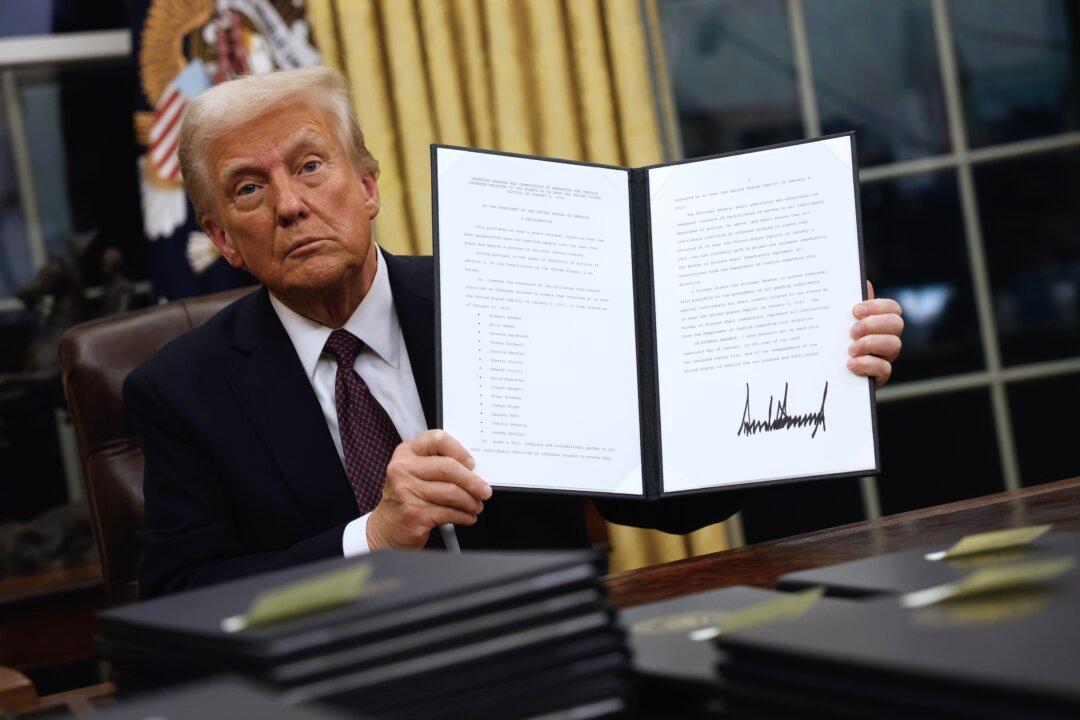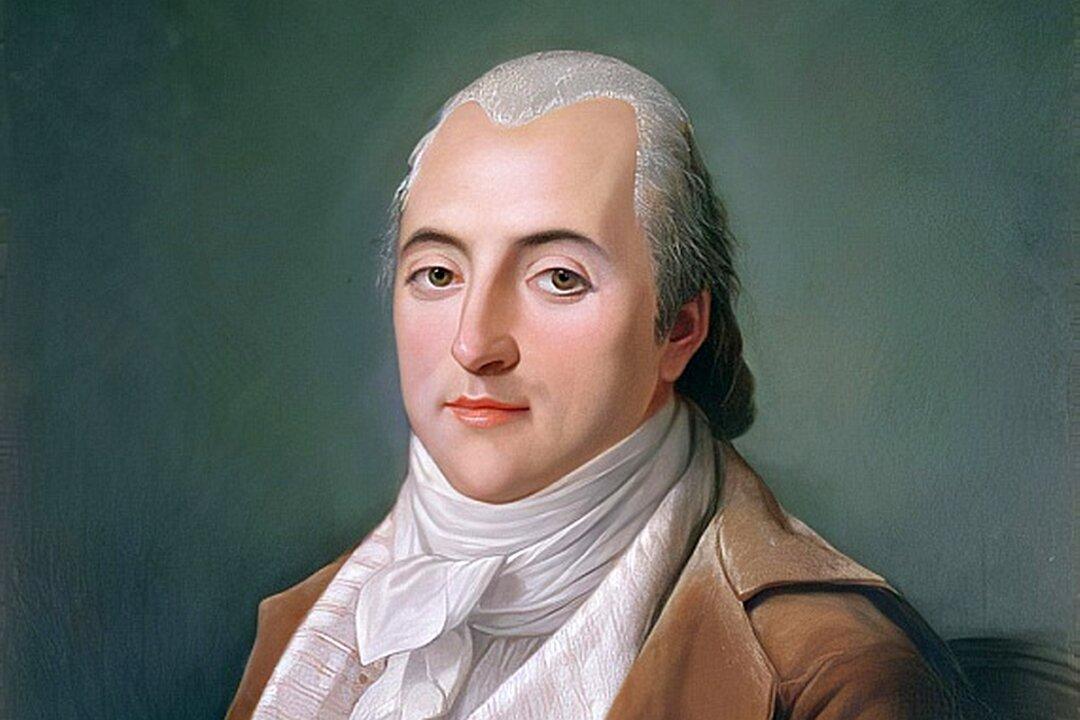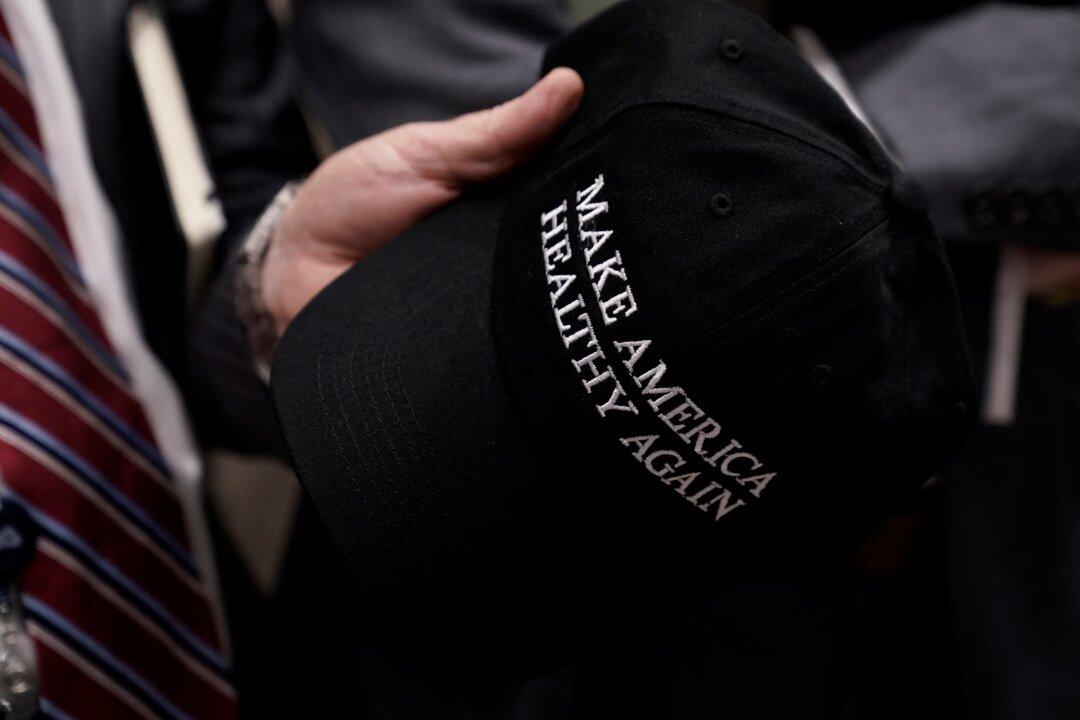No president in U.S. history has taken office with such a determined agenda as Donald Trump. The number of Executive Orders alone demonstrates the point. In the first 100 days, he has issued 152 of them, or 10 times the average number issued by his predecessors. The highest record previously was set by Franklin Delano Roosevelt with 110; that presidency is part of American legend.
Clearly, he came prepared. Indeed, he and his team had four years to plan, and a prior full term in office to come to understand the inner workings of government. This is what allowed him to crack the nut. He and his team faced a brutal beating at the hands of the D.C. establishment last time. This time, the administration is determined to prevail.
There was a time, only a few years back, when I would have joined the liberal critics of such modes of governance. What we are watching seems like the “imperial presidency” that has long been decried by the liberal intelligentsia and by libertarians alike. Indeed, many critics on the right side of the political spectrum have offered resoundingly negative judgments toward this kind of governance.
Clearly the Founders never imagined a presidency to work this way. In the Constitution, he is there to oversee, not as a lawmaker but an implementer of what the legislator has prioritized in the nation’s budget. He is always subject to impeachment. His powers were limited by comparison to the kings of old, and this is part of what made the Constitution a special kind of experiment in government.
That’s the simple way of looking at this situation. Unfortunately, it is entirely wrong given the realities of our times. We don’t have government of the sort we had in the 18th and 19th centuries. The 20th century birthed a new form: the managerial state that rules without the consent of the governed. The Trump presidency must be assessed with a deep understanding of this reality.
The overwhelming number of Trump’s executive orders concerns one overarching topic: reining in the executive agencies themselves. Nearly all of these agencies addressed in the orders were created in the century and a half after the Constitution was ratified. Almost all but a few would have been completely unfamiliar to the Founders.
The main theme of Trump’s presidency so far has been to tie the hands of the agencies, reduce their power, redirect their energies, or abolish them. In doing this, is he fighting Congress? Not as much one would think: these agencies were created by the legislature but put under the authority of the executive. They have been able to run wild for many decades, effectively legislating through regulatory edict.
The courts have not restrained them. Congress cannot be bothered. Media loves these hundreds of agencies and their permanent employees because it gives them a constant feed of information. That’s how a symbiotic relationship between media and the administrative state works.
Most Americans have been largely uninformed of the reality of this situation. It’s different in particular industries. If you are in forestry, you are driven crazy by the Bureau of Land Management, the Environmental Protection Agency, and the Occupational Health and Safety Administration. Restaurateurs are constantly vexed by Occupational Safety and Health Administration, the Department of Labor, the Food and Drug Administration, the Department of Agriculture, and so on. Employment agencies deal consistently with the Department of Labor.
There are some 425 of the agencies extant. Trump has barely begun to control them, cut them, restrain them, and so on. In truth, he is the first president who has really tried in earnest. His predecessors did not understand a way in or the urgency of doing so. They have mostly left them alone because they are too big, too overwhelming, too powerful, holding all the institutional knowledge of government and outwitting the elected branches every single time.
This is what is unique about the Trump presidency. He and he alone has figured out the hidden desiderata of modern government, which is not democracy but bureaucracy. His purpose in using these executive orders and presidential power is not despotic but just the reverse: he is trying to restore power to the people via the president they elected while taking it away from the permanent government.
I cannot say that I understood all this even a few years ago. Despite decades of study and writing, the overwhelming hegemony of the administrative state eluded my mental grasp. Yes, I knew it existed, but I had no idea of its reach and its autonomous functioning apart from any will of the state that was connected to the wishes of voters.
Once you see this, you cannot unsee it. It makes sense of nearly everything Trump is doing. (I’m leaving aside the trade powers here because those occupy a different categorization in history and law; the Constitution originally left those to the legislature, and I have plenty of disagreements with his deployment of these powers.)
What changed my mind on how the presidency should operate? What made the difference for me and nearly everyone was of course the government response to the pandemic, when suddenly these agencies were controlling our movements, our businesses, our churches, our ceremonies, our clothing, our speech, and pretty much the whole of our lives.
This was not Congress and it wasn’t even the president. Trump as president was issuing orders from the summer through late fall of 2020—open the schools, open the economies—that the agencies entirely ignored. We lived instead under the rule of administrative edict from bureaucracies.
It was this experience that caused me and so many finally to see the reality.
The next question becomes: what can be done about it? These are all executive agencies, listed under the organizational chart of the government as such. Clearly, in this case, the president is in charge of them. That is all that Trump has asserted. If his liberal critics don’t like it, there is one solution: abolish the agencies.
Trump knew that his actions would represent a fundamental challenge to the system. Sure enough, we’ve seen hundreds of court challenges to each executive order. There is always some federal district judge somewhere, among 677 of them, who will dare to issue nationwide orders countermandering some executive order by Trump. This means that the whole problem necessarily lands in the hands of the Supreme Court.
The main question the court must answer is simple: Who is in charge of executive agencies? There is really only one possible answer: the executive. The Constitution could not be clearer: “The executive Power shall be vested in a President of the United States of America.” Not even the most liberal judge can doubt these words. They are as plain and clear as anything in the document.
To be clear, there is no fourth branch of government. All functions of government must fit into one of three buckets. Hence, Trump is very clearly within his proper realm by attempting to be the boss of the executive branch. It’s rather crazy, when you think about it, that we are only now having this discussion after so many decades, even a century, of ambiguity about this topic.
There have been hints along the way that the Supreme Court will soon rule that the president can in fact be the president in action and not just in name. Just last week, the Supreme Court made it clear that Trump can in fact fire the heads of most executive agencies (they left a carve-out for the Fed on grounds that it is “quasi-private”). We can fully expect that the court will further affirm the president’s prerogatives here.
Here is the essential context to understand what might seem under a superficial analysis to be the actions of an imperial president, seeming to rule in ways that the Founders never imagined. More precisely, the Founders never imagined an executive branch with 420 agencies and 2 million employees and unmitigated power over American life.
Trump is trying to do something to rein them in and thus restoring the rule of law and the Constitutional separation of powers. All the claims that Trump is acting like a king, a despot, a tyrant, a Leviathan, are not considering the reality of government. In fact, the overwhelming part of his actions have been about delivering power back to the people and away from the bureaucracies.







